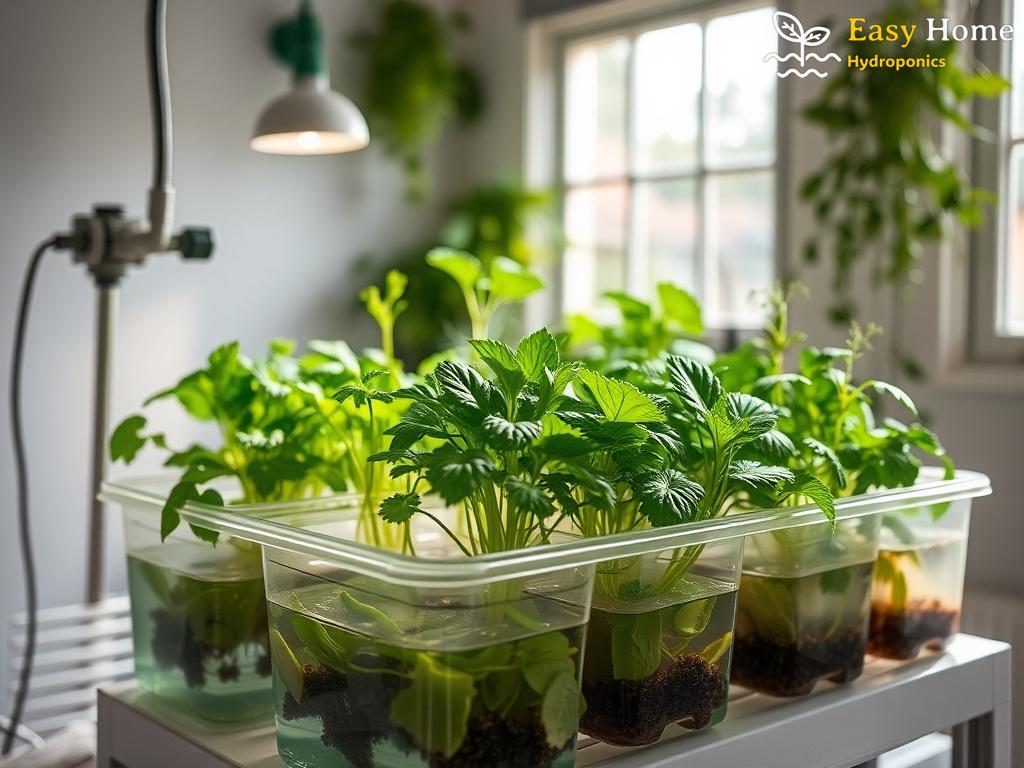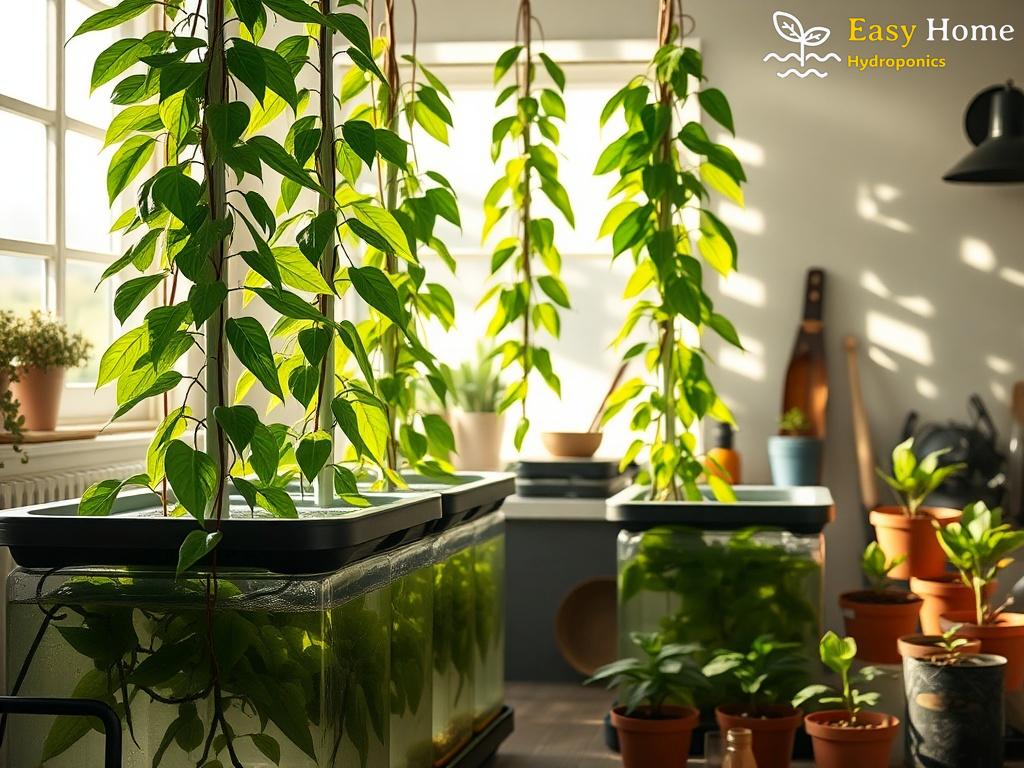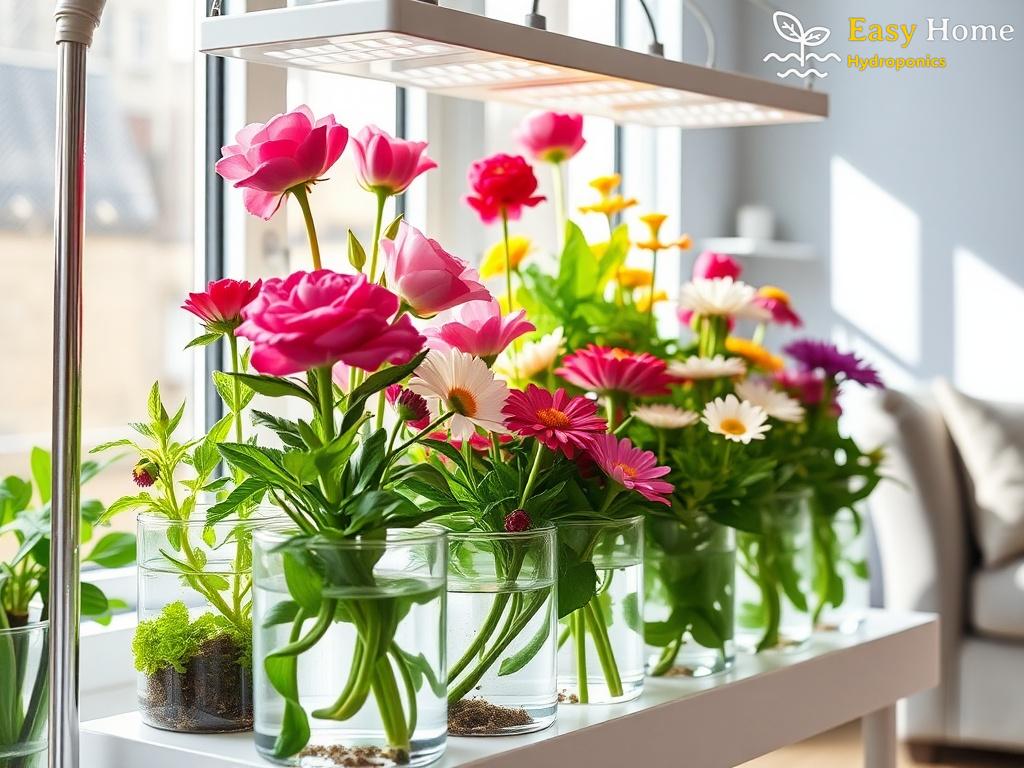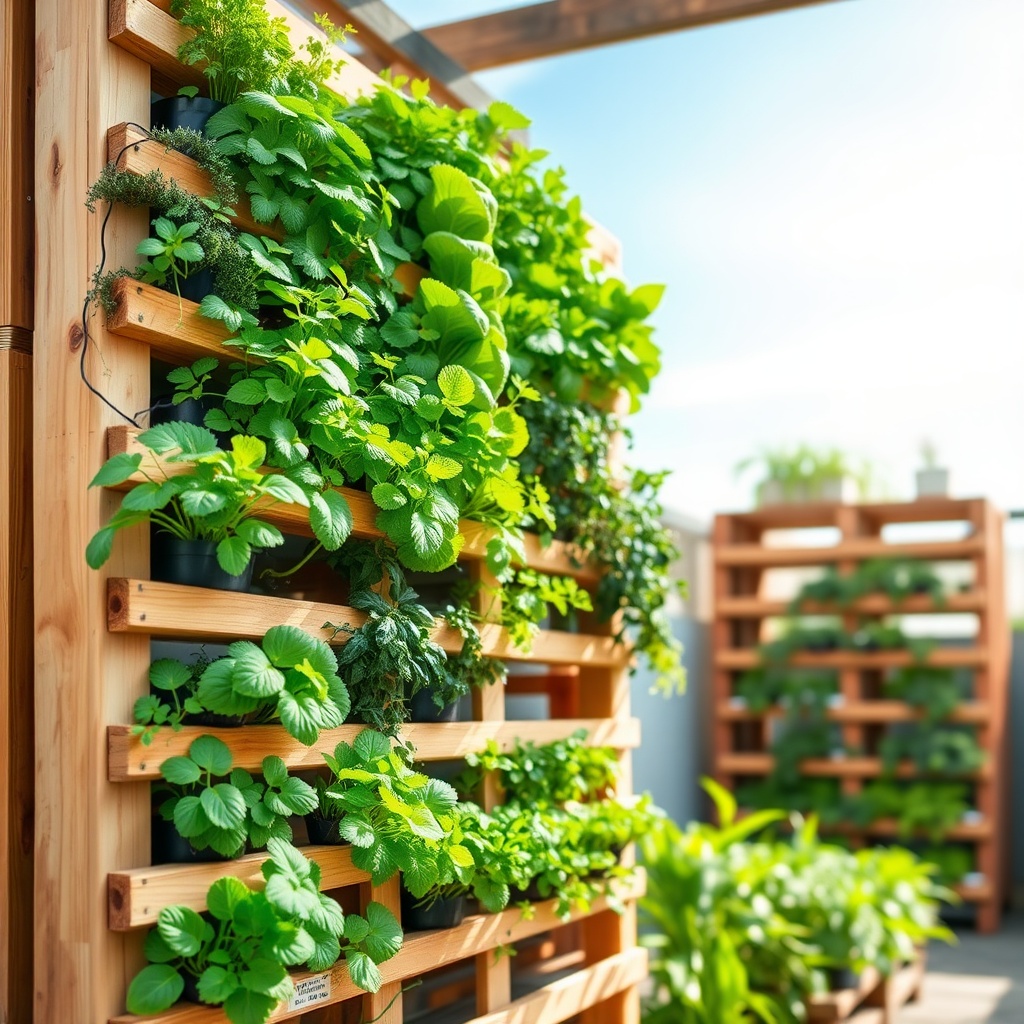The Basics of Hydroponic Systems
Have you ever wondered how you can cultivate lush, vibrant tea plants without the traditional soil? Welcome to the fascinating world of hydroponics—a method that has revolutionized gardening and agriculture. By using nutrient-rich water solutions instead of soil, hydroponic systems offer numerous advantages, including faster plant growth, efficient water use, and the ability to grow in limited spaces. Let’s dive deeper into the essentials of hydroponic systems and how they can transform your home tea garden.
When it comes to hydroponics, there are several systems to choose from, each offering unique benefits that cater to different gardening styles and preferences. Understanding these systems can help you select the best one for your home tea garden. Here’s a brief overview:
| Type of Hydroponic System | Description | Best For |
|---|---|---|
| Deep Water Culture (DWC) | Plants are suspended in a nutrient solution with roots submerged in water. | Fast-growing plants like lettuce and herbs. |
| Nutrient Film Technique (NFT) | A thin film of nutrient solution flows over the roots. | Plants that require less water and nutrients. |
| Drip System | Nutrients are dripped directly onto the roots from a reservoir. | Versatile; suitable for various plants including tea. |
| Wick System | A passive system where wicks draw nutrient solution to the plants. | Beginners and low-maintenance gardens. |
Now that you’re familiar with the types of hydroponic systems, it’s time to embark on your journey to creating a home hydroponic tea garden. Here are essential steps to kickstart your adventure:
- Choose Your Hydroponic System: Based on your space and the types of tea you wish to grow.
- Select the Right Nutrient Solution: Look for a balanced formula that suits tea plants.
- Pick Your Tea Varieties: Consider popular options like Camellia sinensis for traditional tea.
- Monitor Environmental Conditions: Ensure adequate light, temperature, and humidity for optimal growth.
- Stay Informed: Regularly check your plants and adjust nutrient solutions as needed.
With these foundational steps, you are well on your way to enjoying homegrown tea, enriched with the flavors and aromas that only a hydroponic garden can offer. Embrace the technology, and watch your tea plants thrive in a soil-less paradise!
Choosing the Right Tea Plants
As you embark on your hydroponic journey, selecting the right tea plants is crucial for both your enjoyment and the success of your garden. The variety of tea plants you choose not only influences the flavor and aroma of your brew but also determines the care and resources required for optimal growth. In this section, we will explore the most popular tea plants suitable for hydroponic systems, ensuring that your garden is as rewarding as it is delightful.
Camellia sinensis, the most widely cultivated tea plant, is your first choice when it comes to growing tea at home. This plant is the source of all traditional teas, including green, black, white, and oolong. Its adaptability makes it a prime candidate for hydroponics, as it thrives in nutrient-rich environments. By cultivating Camellia sinensis, you can experiment with different processing methods to create your personalized tea blends right from your garden.
Another intriguing option is Herbal Tea Plants. If you prefer caffeine-free alternatives, consider growing plants like Chamomile, Peppermint, or Rooibos. These herbal varieties are not only easy to grow in a hydroponic system, but they also offer a plethora of health benefits and unique flavors. The vibrant leaves and aromatic blooms can transform your hydroponic garden into a sensory delight, making your tea sessions even more enjoyable.
When selecting your tea plants, consider the climate and environmental conditions of your home. Some plants require specific light levels, while others may thrive in varied temperature ranges. For instance, while Camellia sinensis prefers a more temperate environment, Mint is quite forgiving and can adapt well to indoor settings. Additionally, understanding the growth cycle of your chosen plants will help you manage their needs effectively, ensuring a bountiful harvest.
Lastly, don’t shy away from experimenting with lesser-known tea plants like Hibiscus or Lavender. These unique options can add distinct flavors and aromas to your tea collection, creating a garden that reflects your personal taste. By broadening your selection, you not only enhance the diversity of your garden but also enrich your tea-drinking experience.
Essential Nutrients for Tea Growth
In the realm of hydroponics, understanding the nutritional needs of your tea plants is paramount for achieving a lush and thriving garden. While conventional gardening relies on soil to provide essential nutrients, hydroponic systems require you to directly supply these nutrients through a carefully balanced solution. This approach not only optimizes growth but also enhances the flavor profile of your homegrown tea. Let’s explore the key nutrients that play a vital role in the development of your tea plants.
Tea plants, particularly Camellia sinensis, flourish best when provided with a blend of macro and micronutrients. The primary macroelements include nitrogen, phosphorus, and potassium, often referred to as NPK. Nitrogen is crucial for promoting vigorous leaf growth, phosphorus supports root development and flowering, and potassium enhances overall plant health and resistance to diseases. Together, these elements create a balanced foundation for your tea plants, enabling them to thrive in a hydroponic environment.
In addition to these macronutrients, your tea plants will also benefit immensely from a host of micronutrients. Elements such as iron, manganese, zinc, and magnesium play significant roles in various physiological processes, including chlorophyll production and photosynthesis. For instance, iron is vital for the synthesis of chlorophyll, the pigment responsible for the green coloration of the leaves. Deficiencies in these micronutrients can lead to stunted growth and reduced flavor quality, so maintaining a comprehensive nutrient profile is essential.
Creating a nutrient solution tailored for your tea plants involves careful consideration of both the concentrations and ratios of these essential nutrients. Hydroponic nutrient solutions are typically available in two forms: liquid and powdered. While liquid solutions offer convenience, powdered forms allow for more precise adjustments based on your plants’ specific needs.
When preparing your nutrient solution, it’s important to monitor the electrical conductivity (EC) and pH levels regularly. The ideal pH range for tea plants lies between 5.5 and 6.5, as this range facilitates optimal nutrient absorption. If the pH drifts outside of this range, it can hinder the plant’s ability to uptake essential nutrients, leading to deficiencies or toxicities.
To help you visualize the relationship between these nutrients and their functions, consider the following table:
| Nutrient | Function | Deficiency Symptoms |
|---|---|---|
| Nitrogen | Leaf growth and development | Yellowing of older leaves |
| Phosphorus | Root development and flowering | Purple discoloration on leaves |
| Potassium | Plant health and disease resistance | Brown edges on leaves |
| Iron | Chlorophyll synthesis | Yellowing between leaf veins |
By understanding and implementing these essential nutrients into your hydroponic tea garden, you can ensure that your plants not only grow robustly but also produce the highest quality leaves for your tea. The journey of nurturing your own tea garden is as rewarding as it is delicious, paving the way for a unique and flavorful tea experience.
Maintaining Optimal Conditions for Hydroponics
Creating a thriving hydroponic tea garden at home is an exciting venture, but one that demands attention to detail, particularly when it comes to maintaining the right environmental conditions. The success of your tea plants hinges on a delicate balance of factors that promote healthy growth and vibrant flavors. In this section, we will explore the critical conditions necessary for your hydroponic setup, ensuring your plants flourish in their soil-less sanctuary.
When it comes to hydroponics, light is not just an accessory; it’s essential. Tea plants, particularly Camellia sinensis, thrive under specific lighting conditions that mimic their natural habitat. Depending on the variety, most tea plants require at least 12 to 16 hours of light each day. Using grow lights can provide a consistent light source, especially in indoor settings where natural sunlight may be limited. However, it’s crucial to monitor the intensity and distance of these lights, as too much can lead to scorching, while too little can stunt growth. Therefore, understanding your plants’ light requirements will pay dividends in both yield and flavor.
The atmosphere surrounding your tea plants plays a pivotal role in their overall health. Ideal temperatures for growing tea generally range from 65°F to 75°F (18°C to 24°C). Sudden fluctuations can stress the plants, leading to poor growth or even plant failure. Additionally, maintaining humidity levels between 40% and 70% is crucial, as tea plants naturally thrive in slightly humid environments. Too much humidity can foster mold and mildew, while too little can lead to dehydration. To achieve this humid environment, consider using a hygrometer to monitor levels and a humidifier if necessary. By creating a stable climate, you enhance your plants’ resilience and productivity.
In your hydroponic tea garden, keeping a close eye on these environmental factors will not only support healthy plant growth but also enrich the overall tea experience. By understanding and implementing the right light, temperature, and humidity levels, your hydroponic setup will flourish, allowing you to harvest delicious, aromatic tea leaves right from your home.
Harvesting and Brewing Your Homegrown Tea
After months of nurturing your hydroponic tea garden, the moment has finally arrived: it’s time to harvest your homegrown tea! This milestone not only showcases the fruits of your labor but also opens the door to an exciting world of brewing possibilities. The process of harvesting is an art in itself, and how you approach it can significantly impact the flavor and quality of the tea you produce. Let’s explore the steps to harvest your tea leaves effectively and the methods for brewing a delightful cup that reflects your unique garden.
Knowing when to harvest is crucial for capturing the best flavor profiles from your tea plants. For Camellia sinensis, the ideal time is typically during the early morning hours when the leaves are fully hydrated. Aim to pick the young, tender leaves—specifically the top two leaves and the bud. These younger leaves contain a higher concentration of essential oils and flavors, making them the prime candidates for your brew.
Utilizing a sharp, clean pair of scissors or pruning shears, gently snip the leaves without damaging the plant. This careful approach encourages further growth, ensuring that your tea garden continues to thrive. Remember, harvesting is not just a one-time event; with proper care, you can enjoy multiple harvests throughout the growing season, each offering a slightly different flavor depending on the time of year and the plant’s growth stage.
Once you’ve harvested your tea leaves, the next step is to brew them into a delightful infusion. The beauty of homegrown tea lies in its freshness, and there are various methods to extract the essence of your leaves. One popular technique is the traditional steeping method.
Start by rinsing your fresh leaves to remove any residue. Then, using a teapot or a simple cup, add approximately one teaspoon of leaves for every cup of water. The key to a perfect brew is controlling the water temperature and steeping time. For green teas, use water heated to about 175°F (80°C) and steep for 2-3 minutes. For black teas, boiling water around 200°F (93°C) is ideal, with a steeping time of 3-5 minutes. This attention to detail will maximize the flavor, aroma, and beneficial compounds in your tea.
To enhance your brewing experience, consider experimenting with different steeping styles, such as cold brewing or gaiwan steeping. Cold brewing allows for a mellow, refreshing infusion, perfect for hot summer days. In contrast, gaiwan steeping offers a more traditional method that highlights the complexity of flavors in your tea leaves.
| Tea Type | Water Temperature | Steeping Time |
|---|---|---|
| Green Tea | 175°F (80°C) | 2-3 minutes |
| Black Tea | 200°F (93°C) | 3-5 minutes |
| Herbal Tea | 212°F (100°C) | 5-7 minutes |
As you enjoy your freshly brewed tea, take a moment to appreciate the journey from seed to cup. Each sip is a testament to the hard work and dedication you have put into your hydroponic garden. The flavors, aromas, and health benefits of your homegrown tea will undoubtedly create a unique experience, allowing you to savor not just the beverage, but the entire process of nurturing your own garden.




